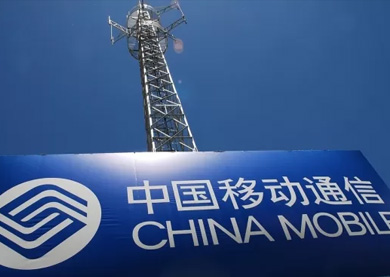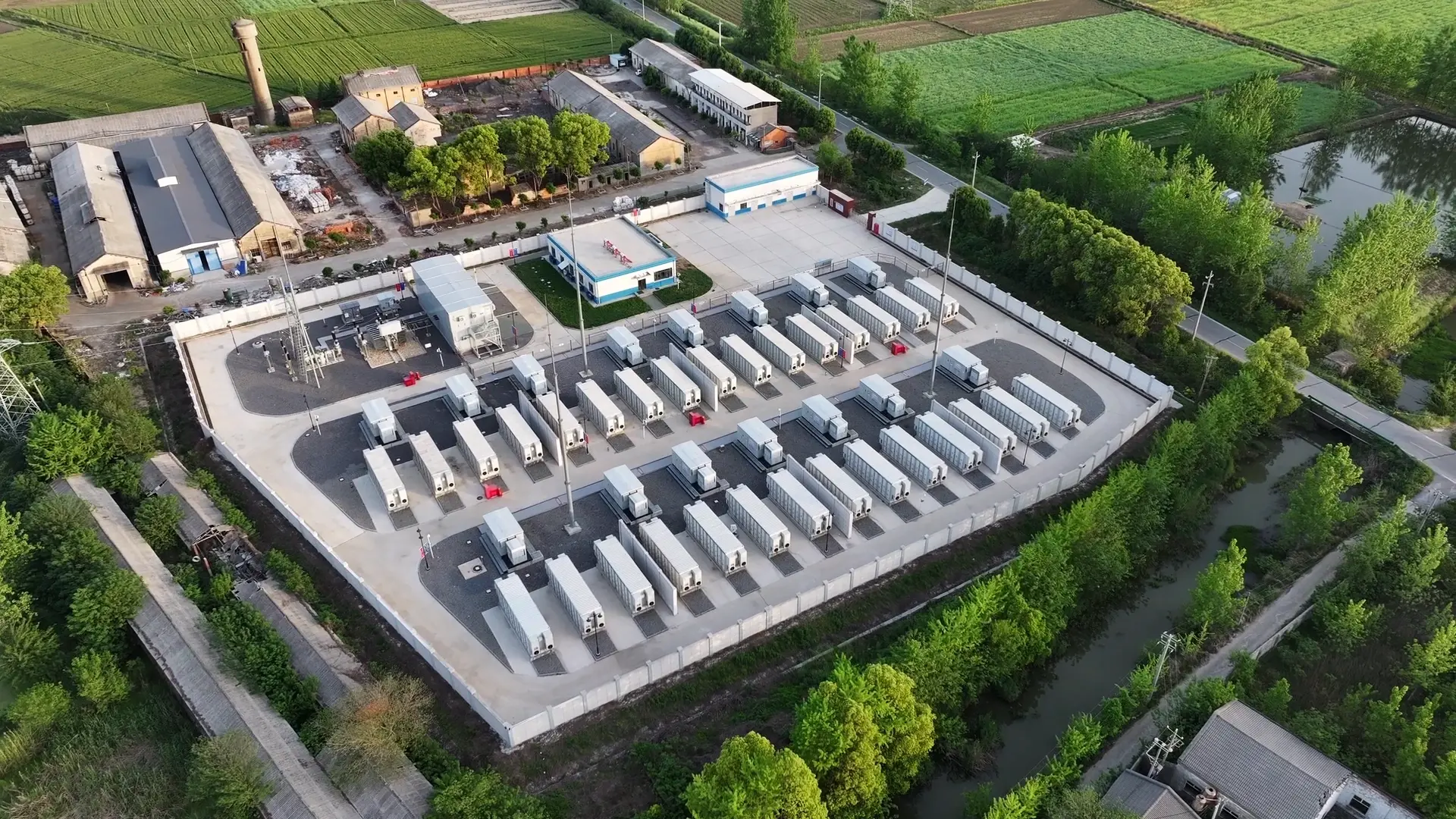Telecommunication networks are the backbone of our digital world. From mobile phones to data centers, almost everything we do today relies on reliable communication systems. But what happens when there is a power outage? This is where telecom batteries play a critical role. They make sure that telecom equipment continues to run smoothly even when the grid power is not available.
In this article, we will explain what a telecom battery is, the main types, common applications, and the key benefits.
What Is a Telecom Battery?
A telecom battery is a special type of battery designed to provide backup power to telecommunication systems. These batteries are not the same as the ones used in household electronics. Instead, they are engineered to support mission-critical infrastructure such as mobile base stations, internet servers, and remote communication equipment.
When the main power supply is interrupted, the telecom battery instantly takes over. This seamless backup ensures that communication services are not disrupted. Without telecom backup batteries, network downtime would happen every time there is a power cut, leading to lost connections and serious service failures.
In short, a telecom battery is a reliable energy storage system that helps telecom operators maintain continuous service.
Types of Telecom Batteries
There are several types of batteries used in telecom applications. Each type has its own characteristics, advantages, and limitations. The most common types are:
1. VRLA Batteries (Valve Regulated Lead-Acid)
VRLA batteries are one of the most widely used solutions in telecom power systems. They are sealed, maintenance-free, and safe to use indoors. VRLA batteries come in two main forms:
● AGM (Absorbent Glass Mat): This design uses glass fiber separators to absorb the electrolyte. It offers good performance and is suitable for short to medium backup times.
● GEL: This version uses a silica gel to stabilize the electrolyte. It has better deep-cycle performance and can tolerate higher temperatures.
VRLA batteries are popular because they are cost-effective, well-tested, and available in many sizes.
2. Lithium Batteries
In recent years, lithium batteries have become more and more popular among telecom operators. Their key advantages include:
● High energy density: Lithium batteries store more energy in a smaller space.
● Long cycle life: They can last several times longer than lead-acid batteries.
● Fast charging: They can recharge quickly, reducing downtime.
● Lightweight: Easier to install and transport.
While lithium batteries may cost more upfront, they usually deliver a lower total cost of ownership because of their longer lifespan and reduced maintenance needs.
3. Other Telecom Backup Power Options
Besides VRLA and lithium, some telecom sites also use other energy storage or backup power solutions:
● Nickel-cadmium (Ni-Cd) batteries: Known for durability and tolerance to extreme temperatures. However, they are less environmentally friendly.
● Hybrid power systems: Combining batteries with renewable energy sources such as solar panels or wind turbines. This is increasingly popular in remote areas.
Applications of Telecom Battery Systems
Telecom batteries are used in a wide range of scenarios. Let’s look at the most important ones:
1. Base Stations
Base stations are the heart of mobile communication networks, responsible for managing voice calls, data traffic, and overall network coverage. A power outage at a base station can disrupt service for thousands of users, affecting everything from phone calls to internet access. Batteries for telecom applications play a crucial role in such situations by providing reliable backup power. They ensure the base station continues to operate without interruption until the main power supply is restored or backup generators come online, maintaining seamless connectivity for users.
2. Data Centers
Batteries for telecom applications, originally designed for communication networks, are reliable, modular, and compatible with UPS systems. In data centers, they provide short-term backup—usually a few minutes to half an hour—keeping servers running until generators or the main grid take over. They are especially suitable for edge and medium-sized data centers, where space, flexibility, and cost efficiency matter.
Edge data centers are small facilities located closer to users or data sources. By processing data locally, they reduce latency, improve speed, and support real-time applications like 5G, IoT, and video streaming. Often near telecom base stations or in remote areas, they rely on telecom backup batteries for stable, efficient, and low-maintenance backup power, ensuring continuous operation of critical services.
3. Remote Communication Sites
Many telecom stations are situated in rural or hard-to-reach areas where the power supply can be unstable or unreliable. In these locations, telecom batteries are essential for keeping communication equipment running smoothly, ensuring that users stay connected even during power interruptions. To further enhance reliability and reduce dependence on the electrical grid, these sites often use hybrid systems that combine batteries with solar panels, providing a stable and sustainable power solution for remote operations.
Key Benefits of Telecom Batteries
Why are telecom batteries so important? Here are the main advantages they provide:
1. Reliability
The number one requirement for telecom operators is reliability. Telecom backup batteries ensure that communication systems remain operational even during emergencies. Whether it is a short blackout or a longer outage, batteries provide the necessary backup power to maintain service quality.
2. Flexible Backup Time
Batteries for telecom applications are designed to provide backup for different durations, depending on the site’s needs. Some may only need a few minutes of support until a generator starts, while others may require hours of backup in remote areas. This flexibility allows telecom operators to choose the right solution for each application.
3. Lower Maintenance Requirements
Modern telecom batteries, especially VRLA and lithium types, require little or no maintenance. Unlike traditional flooded lead-acid batteries, they do not need regular water refilling. This reduces labor costs and makes them easier to manage, especially in remote locations.
4. Cost Efficiency
Although initial investment in batteries can be high, they help prevent costly downtime. Service interruptions can cause huge losses in reputation and revenue. By ensuring continuous operation, telecom backup batteries save money in the long run. Lithium batteries in particular offer additional savings due to their long lifespan and efficiency.
5. Adaptability to Harsh Environments
Telecom equipment often needs to work in extreme conditions, from hot deserts to cold mountain regions. Many telecom batteries are designed to withstand wide temperature ranges, vibrations, and other challenging conditions.
Future Trends of Telecom Batteries
The telecom industry continues to grow as demand for mobile data and cloud services increases. This growth also drives innovation in battery technology. Some key trends for the future include:
1. Green energy integration
Hybrid systems with solar and wind power combined with batteries are becoming more common. This reduces carbon emissions and operating costs.
2. Smarter batteries
Modern batteries now include intelligent monitoring systems that track health, charge status, and performance in real time. This helps operators optimize usage and prevent failures.
3. Recycling and sustainability
With growing environmental awareness, battery recycling and eco-friendly designs are gaining importance.
These trends point toward a future where telecom batteries will be not only more efficient but also more sustainable and intelligent.
Conclusion
Telecom backup batteries ensure that networks continue to run even when the power goes out. With different types such as VRLA, lithium, and hybrid systems, they support a wide range of applications from base stations to data centers.
For businesses, operators, and engineers looking ahead, understanding telecom batteries is not just about backup power, it is about building resilient and future-proof communication networks. Ready to explore the right telecom battery solution for your network? Contact our team today to find out how we can help ensure uninterrupted connectivity and long-term reliability.




























 2025-08-21
2025-08-21 Name
Name Tel
Tel Email
Email Country
Country Company
Company Information
Information